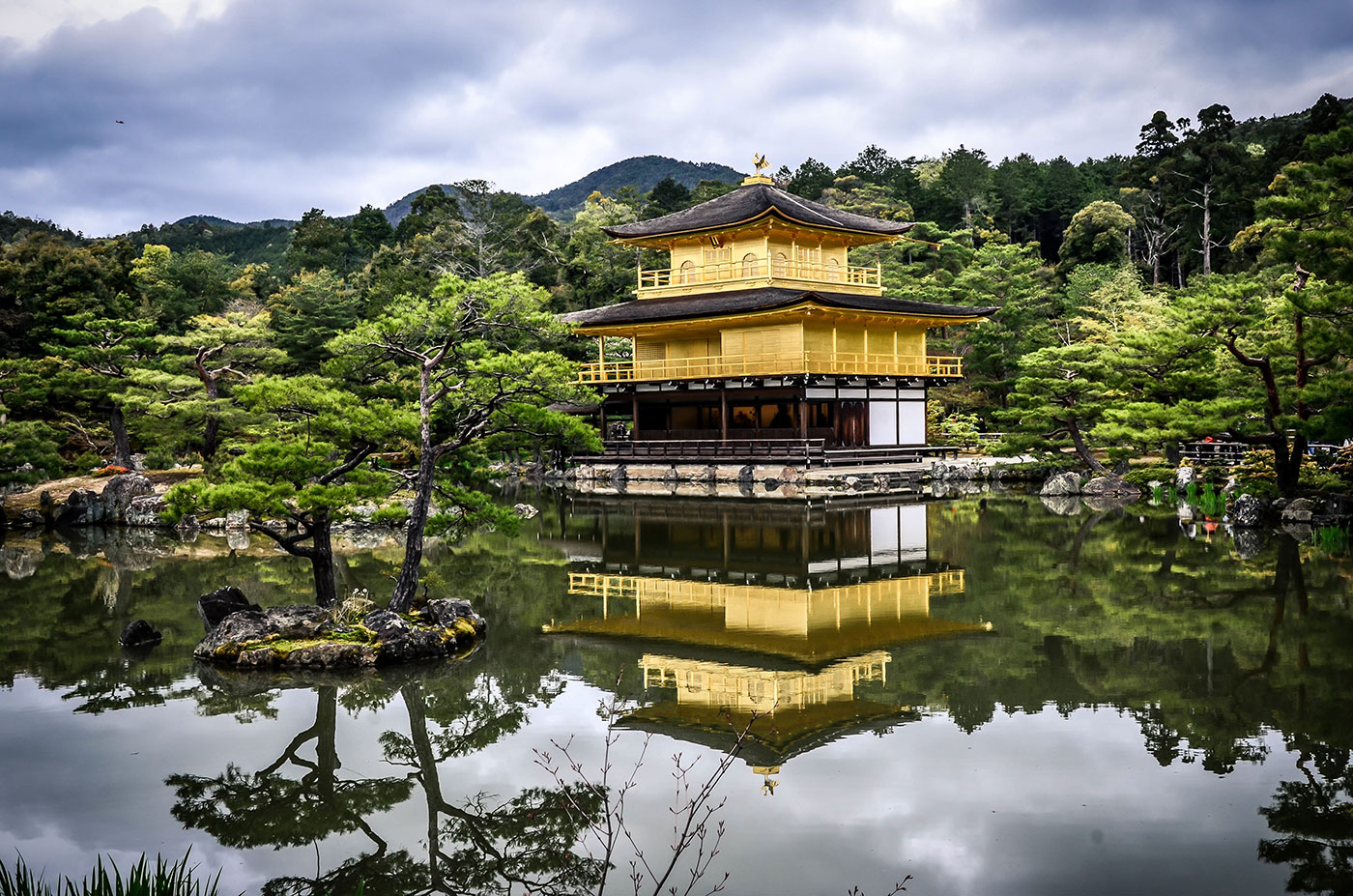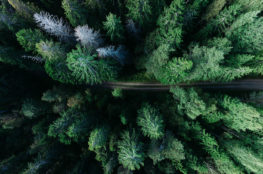Kyoto hits you differently than Tokyo. Where Tokyo feels like the future constantly arriving, Kyoto feels like the past perfectly preserved. This is Kinkaku-ji, the Golden Pavilion, reflected in its surrounding pond on a cloudy afternoon that somehow made the gold leaf exterior glow even more dramatically than it would have in bright sunshine. Sometimes the best light isn’t the light you expect.
I spent three days in Kyoto during my Japan trip, and every temple visit felt like stepping into a different century. The Golden Pavilion is probably the most photographed temple in Japan, which usually makes me want to avoid it entirely. But there’s a reason some places become iconic. When you see this building in person, surrounded by these carefully maintained gardens, with that perfect reflection in still water, you understand why people have been trying to capture it for centuries.
What struck me most about Kyoto was how the city has managed to preserve its historical character while still functioning as a modern place where people actually live and work. In the neighborhoods around the major temples, you’ll find traditional wooden houses next to convenience stores, ancient shrines tucked between office buildings, and geishas walking to appointments past tourists with smartphones. It’s living history rather than a museum.
The weather was overcast during most of my visit, which initially disappointed me. I’d imagined capturing these temples in dramatic golden hour light with clear blue skies. But those cloudy conditions created something better: soft, even lighting that brought out the subtleties in the architecture and gardens that harsh sunlight would have washed out. The reflections in the pond were more perfect because there was no wind, and the muted colors felt more authentic somehow.
I arrived at Kinkaku-ji early in the morning, hoping to avoid the crowds that pack this place by midday. The grounds were still quiet enough that you could hear water trickling through the garden streams and birds calling from the surrounding forest. By 10 AM, tour buses were arriving and the peaceful atmosphere was replaced by the clicking of cameras and chatter in a dozen languages. Timing really is everything when photographing famous places.
The garden design around the Golden Pavilion is as carefully composed as any photograph. Every stone, every tree, every view line has been planned to create specific moments of beauty as you walk the prescribed path around the pond. It’s landscape architecture that’s been refined over centuries, where each generation of gardeners has made subtle improvements to achieve something approaching perfection.
What fascinated me was learning that this building has been destroyed and rebuilt multiple times over the centuries, most recently in 1955 after a monk burned down the previous structure. The “ancient” temple I was photographing was actually newer than my grandparents. Yet it felt timeless, because it was built using the same techniques and materials that have been used for hundreds of years. Authenticity isn’t always about age.
The gold leaf covering the upper floors creates this incredible interplay between the building and its natural surroundings. As clouds moved across the sky, the pavilion seemed to glow and dim in response, like it was breathing with the weather. The reflection in the pond doubled this effect, creating moments where it was hard to tell where the building ended and the water began.
Kyoto reminded me that some places become famous because they deserve to be. Yes, it’s crowded and touristy and overexposed on social media. But underneath all that noise, there’s something genuinely powerful about spaces that have been designed to inspire contemplation and wonder. The Golden Pavilion has been drawing visitors for over 600 years, and after spending time there, I understand why it will probably continue doing so for another 600.


